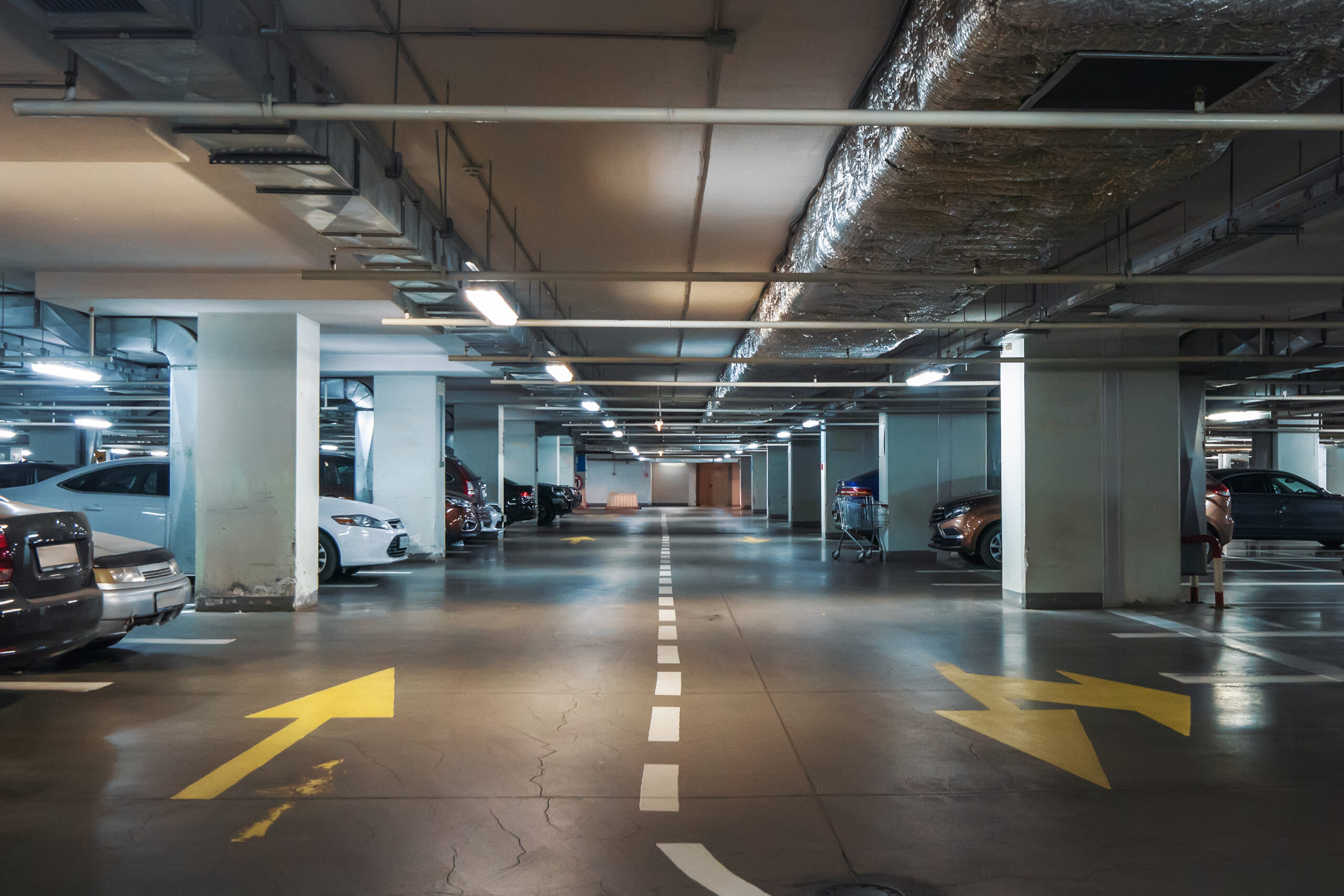
Parking garages are essential structures that serve as a hub for vehicles, providing safe and convenient parking for cars, trucks, buses, and other vehicles. They are constructed to withstand the weight of vehicles and the stresses associated with traffic flow. However, as with any structure, parking garages require regular inspections and maintenance to ensure that they remain safe, functional, and long-lasting. This is especially true in northern climates with snow, ice, and road salt exposures.
Inspections of parking garages are critical to identify any structural issues that may require repairs or replacements. These inspections are typically conducted by Professional Structural Engineers who are familiar with the design, construction, and operation of parking garages.
In some cities, such as New York, there are mandatory inspection ordinances in place to ensure parking structures are being inspected on a regular schedule to maintain the integrity of the structure and prevent future costly and potentially dangerous conditions. New York City has implemented Local Law 126, which requires mandatory parking structure inspections every 5 years by a licensed Professional Engineer who is also a NYC Qualified Parking Structure Inspector (QPSI).
The inspection process involves checking for any cracks, rust, corrosion, or other signs of wear and tear or deterioration that may pose a risk to the structure’s integrity. Typically a visual inspection will be performed throughout the garage and then more invasive probing and testing based on the findings of the visual inspection.
Even if your city or town does not have a mandatory inspection ordinance, inspections should be conducted on a regular basis, depending on the age and usage of the parking garage. Older structures and those with higher traffic volumes may require more frequent inspections. Additionally, inspections may be conducted after significant weather events, such as earthquakes or severe storms, to ensure that the structure remains safe and stable.
Maintenance is another critical aspect of parking garage care. Regular maintenance can help prevent more extensive repairs and prolong the life of the structure. Maintenance tasks may include cleaning and repairing concrete surfaces, replacing worn-out or damaged signage, repairing potholes, fixing drainage issues, and addressing electrical or mechanical problems.
One of the most significant maintenance tasks in a parking garage is keeping the structure clean. Dirt, debris, and other materials can accumulate in the parking garage, leading to clogs and damage to the drainage system. Additionally, regular cleaning can help prevent slips, trips, and falls, which are common in parking garages. To keep the structure clean, a regular schedule for cleaning and power washing should be established.
Another critical maintenance task is addressing concrete repairs. Concrete surfaces are susceptible to cracking and chipping due to the weight of vehicles, weather, water and salt infiltration, and other factors. These cracks and chips can lead to larger issues if not repaired quickly. Therefore, it is essential to address concrete repairs as soon as possible to prevent further damage.
Additionally, regular inspections and maintenance of electrical systems, including lighting and ventilation systems, are critical. Electrical systems can fail due to age, wear and tear, and improper installation or maintenance. A failure of electrical systems can pose a significant safety risk, and it is essential to address any issues promptly.
In conclusion, parking garages are critical structures that require regular inspections and maintenance to ensure their safety and functionality. Inspections should be conducted by trained professionals and should be done on a regular basis. Maintenance tasks, such as cleaning, concrete repairs, and addressing electrical and mechanical issues, should also be performed regularly. Finally, an emergency plan should be in place to address any emergencies that may arise. By following these best practices, parking garages can remain safe, functional, and long-lasting.
